38647 RECThalassiosira pseudonana
| Chromosome | Product | Transcript Start | End | Strand | Short Name | |
|---|---|---|---|---|---|---|
| 38647 | chr_22 | REC | 537694 | 540340 | + | REC |
| NCBI ID | Ensembl Genomes exon ID |
|---|---|
| 7443895 | Thaps38647.2, Thaps38647.1 |
| Expression Profile | Conditional Changes | Cluster Dendrogram | Discovered Potential cis-Regulatory Motifs |
|---|---|---|---|
Thaps_hclust_0214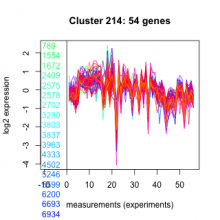 |
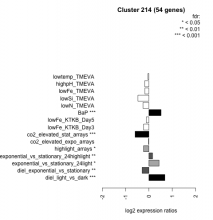 |
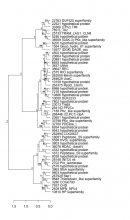 |
   |
| Normalized Mean Residue | Discovered Potential cis-Regulatory Motifs | |
|---|---|---|
|
Thaps_bicluster_0245 |
0.28 |
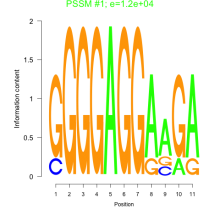 12000 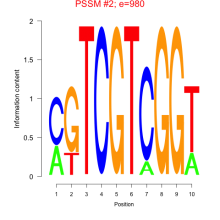 980 |
| T. pseudonana | P. tricornutum | P. tricornutum DiatomCyc | F. cylindrus | Pseudo-nitzschia multiseries | E. huxleyi | C. reinhardtii | A. thaliana | P. sojae |
|---|---|---|---|---|---|---|---|---|
| Not available | PHATRDRAFT_47930 | PHATRDRAFT_47930 | 242653 | 250846 | Not available | Not available | Not available | Not available |
| KEGG description | KEGG Pathway |
|---|---|
| Not available | Not available |

Add comment